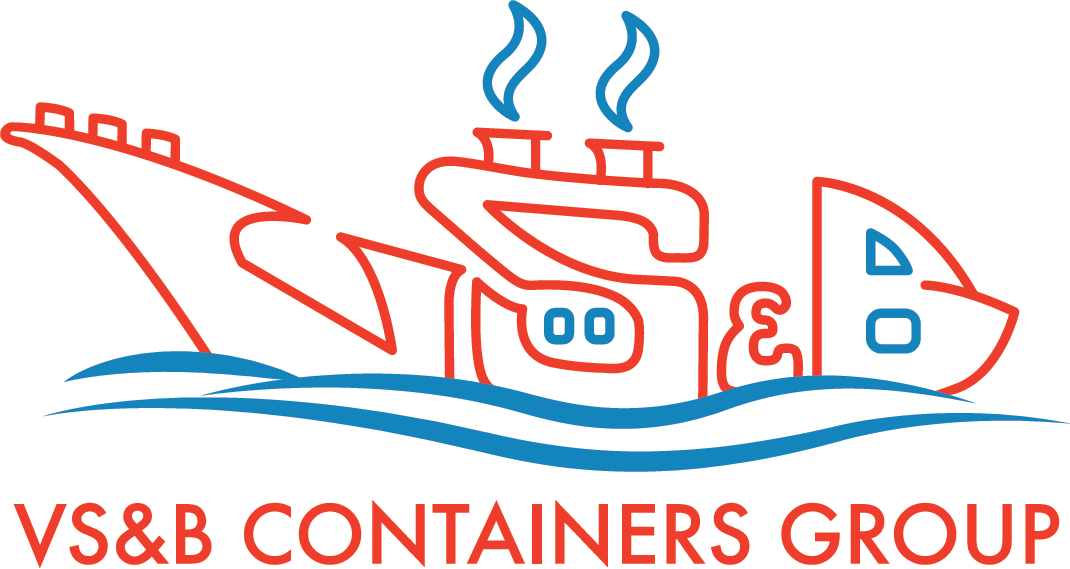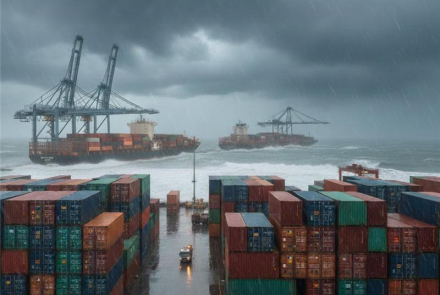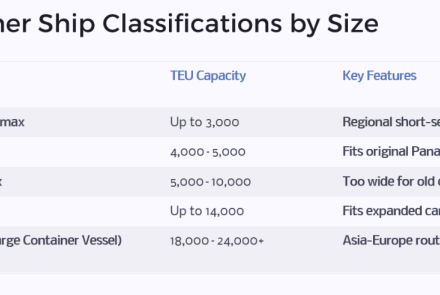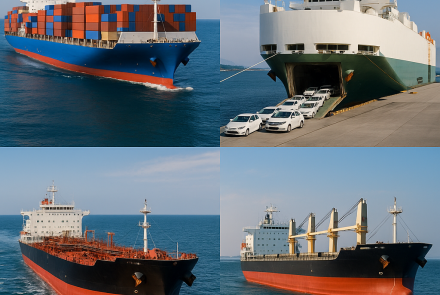Common Mistakes to Avoid When Using Reefer Containers for Storage
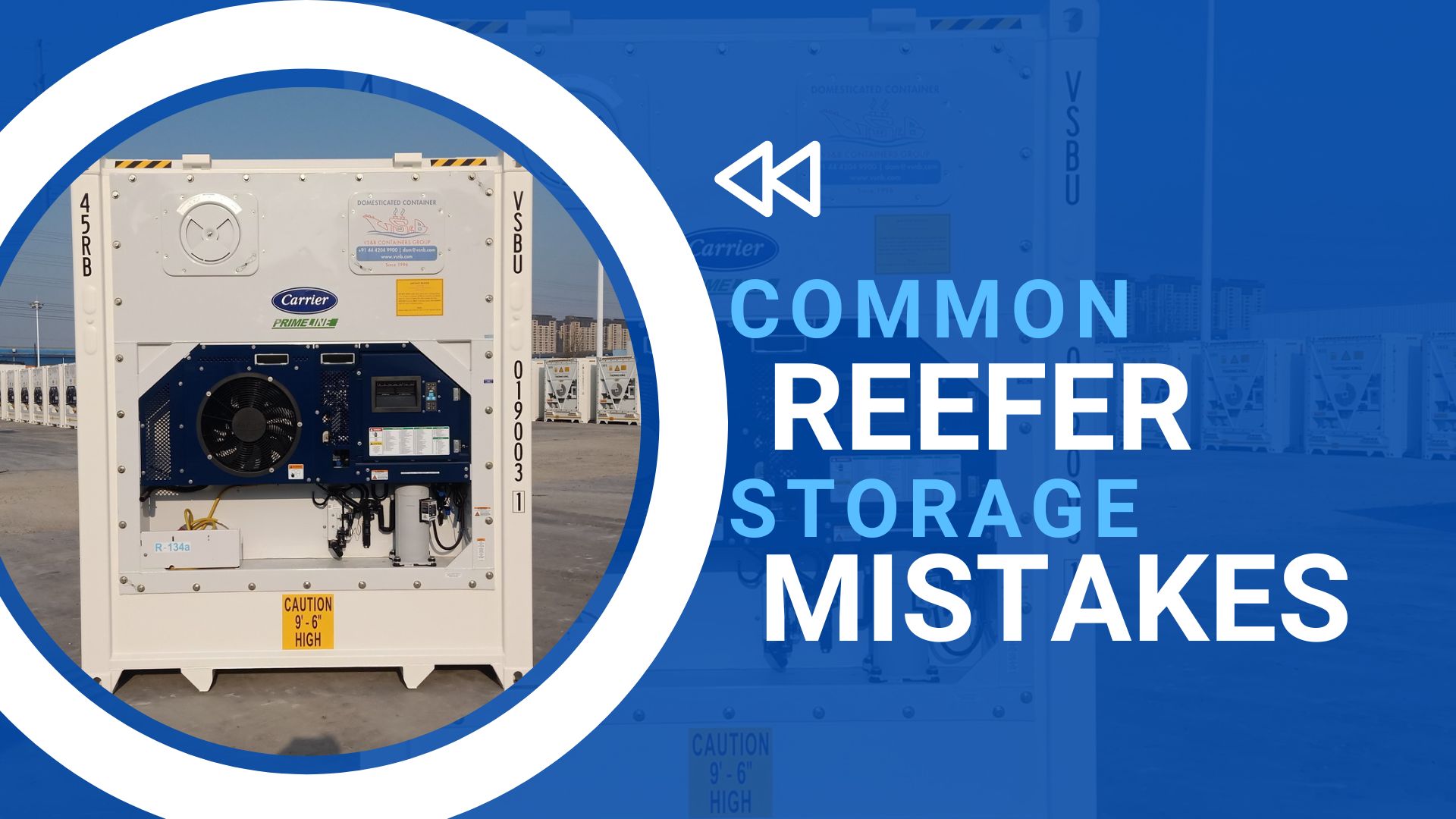
Reefer containers are essential in preserving the quality of temperature-sensitive cargo - from fresh produce and dairy to pharmaceuticals and seafood. However, even the most advanced reefer containers for lease or sale can underperform if not handled correctly. Whether used for transportation or static cold storage, a few common mistakes can compromise cargo quality, increase energy costs, or even lead to product loss.
Here are the most frequent errors to watch out for - and how to avoid them.
❌ 1. Loading Hot or Unchilled Cargo
One of the most common errors is using a reefer container to cool the cargo instead of maintaining its temperature. Reefer units are designed to preserve a set temperature - not to function like a blast freezer. Loading products that are too warm stresses the refrigeration system and risks uneven temperature distribution.
The cargo should be stuffed into a reefer only after necessary precooling is done.
Tip: Always pre-cool the cargo before loading, and make sure it matches the container’s internal set temperature.
❌ 2. Poor Airflow Due to Overpacking
Reefers work on air circulation - cool air is distributed through the floor and returns through the ceiling. Blocking airflow by tightly packing goods can lead to hot spots, spoiling part of the shipment while the rest stays cool.
Tip: Use pallets and maintain a gap between the walls and roof to allow for unobstructed air movement throughout the container.
❌ 3. Setting the Wrong Temperature or Mode
Each product requires a specific temperature and humidity setting. Mistakenly setting a reefer to freeze instead of chill, or vice versa, can damage goods. Some containers also have “fresh air exchange” settings for items like fruits and vegetables, which are often ignored.
Tip: Double-check the commodity-specific settings and choose the right operating mode before dispatch.
❌ 4. Ignoring Door Seals and Butcher Doors
Faulty door seals or not using butcher doors for frequent-access storage can result in temperature fluctuations. This leads to higher energy consumption and compromised product integrity.
Tip: Inspect door gaskets regularly and consider adding butcher doors if the container is used in environments where doors are opened often.
❌ 5. Lack of Monitoring and Maintenance
Without proper container tracking and monitoring, issues like compressor failure, defrost cycle errors, or power outages may go unnoticed until it's too late. This is especially risky in long-term storage applications.
Tip: Use remote monitoring systems or conduct manual checks at intervals. Partner with suppliers who offer container fleet management and technical support.
❌ 6. Using the Wrong Type of Container
Not all reefer containers are built the same. Using obsolete models, or containers with outdated insulation, can lead to poor energy efficiency and unreliable storage.
Tip: Work with trusted suppliers like VS&B Containers, who provide PTI passed reefer containers, Reefers with Butcher Doors and containers suited to your specific operational needs.
❌ 7. Exposing Containers to Direct Sunlight
In ground storage, especially in regions with hot climates or peak summer temperatures, direct sunlight on the reefer’s door side can drastically increase heat ingress whenever the doors are opened.
Tip: Provide even a basic sunshade or shed over the container - or at least over the door side - to reduce cooling load and improve performance.
❌ 8. Improper Door Operation
Keeping doors open too long during loading / unloading, or running the reefer unit while doors are open, allows warm air and humidity inside, straining the system.
Tip: Limit door openings, work efficiently and switch off the unit during door operations to protect the compressor, then restart once the doors are closed.
❌ 9. Ignoring Drainage and Defrost Cycles
Blocked drains lead to water accumulations, while misunderstanding the defrost cycle may cause panic if a temporary rise in air temperature is seen.
Tip: Keep floor drains clear. Remember that defrosting is normal, it prevents ice buildup and doesn't harm cargo integrity
❌ 10. Overlooking Power Supply Stability
Reefers require steady power. Voltage fluctuations outside the 390V-460V range can trip the unit or damage sensitive electrical components.
Tip: Ensure stable power from a reliable source, use proper cables and avoid overloading circuits.
✅ Final Thoughts
Using reefer containers for storage offers flexibility and cost-efficiency - but only when handled correctly. Avoiding these common mistakes ensures cargo safety, operational efficiency, and freight cost optimization. At VS&B Containers Group, we help clients select and maintain the right reefer container solutions to fit their logistics, storage, or cold chain distribution needs.
- Log in to post comments
